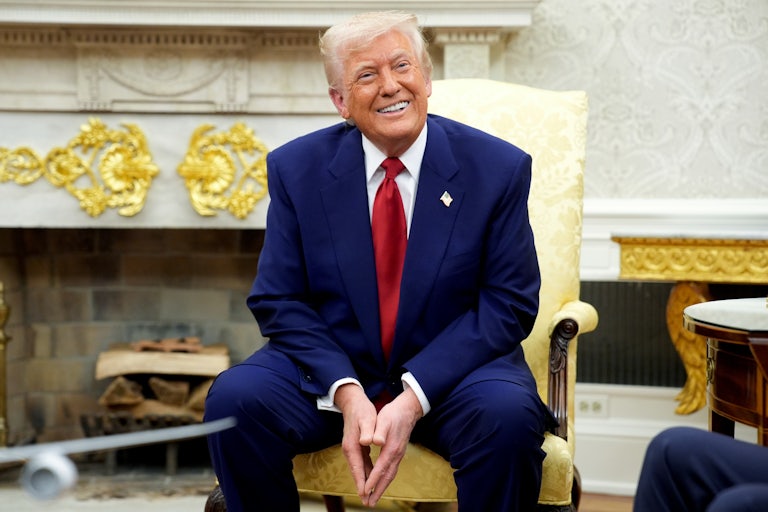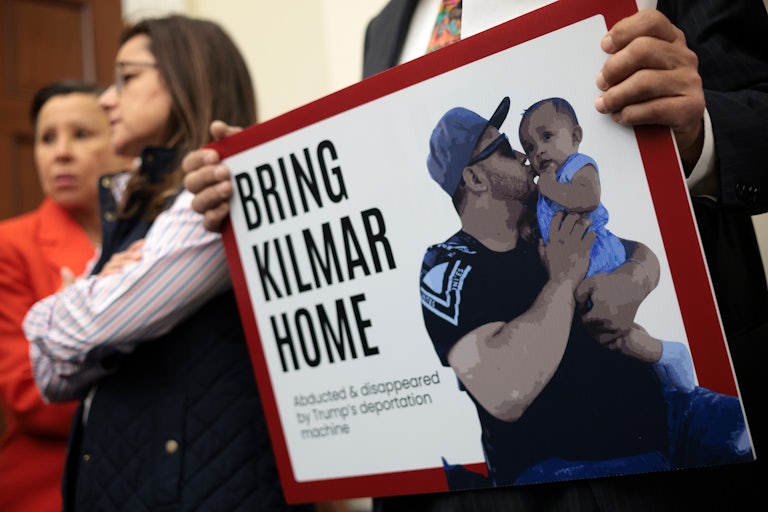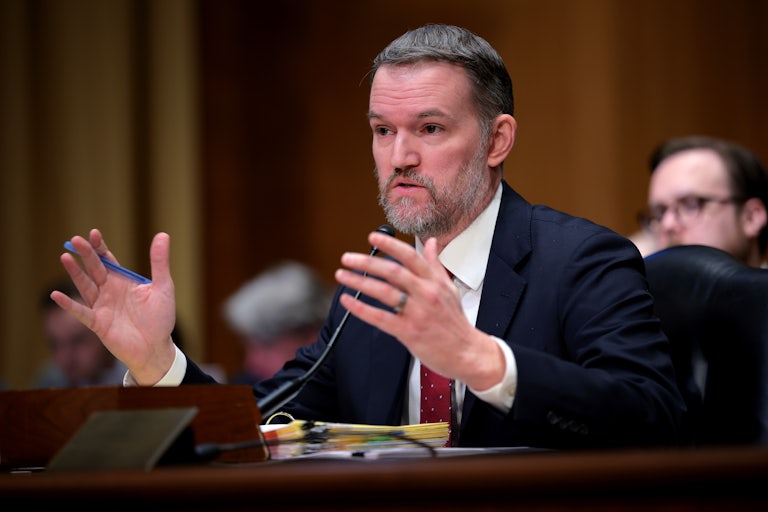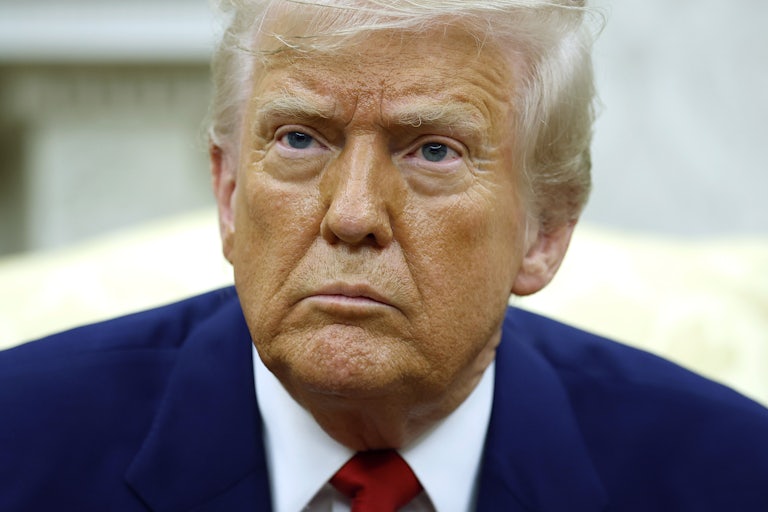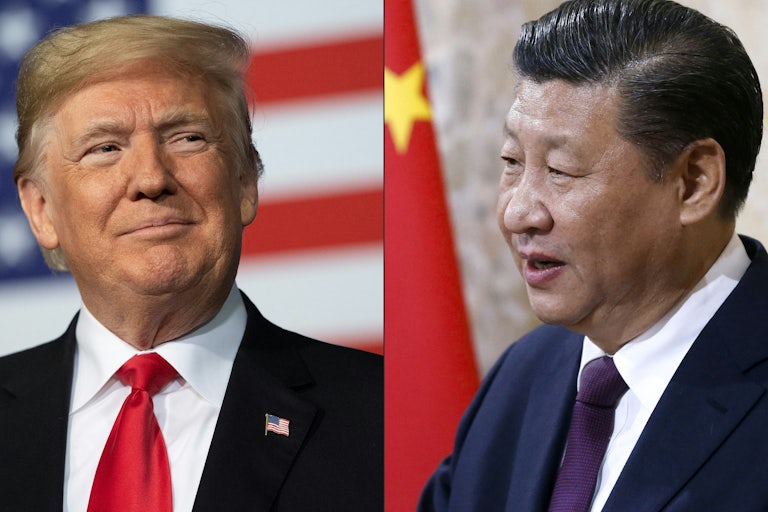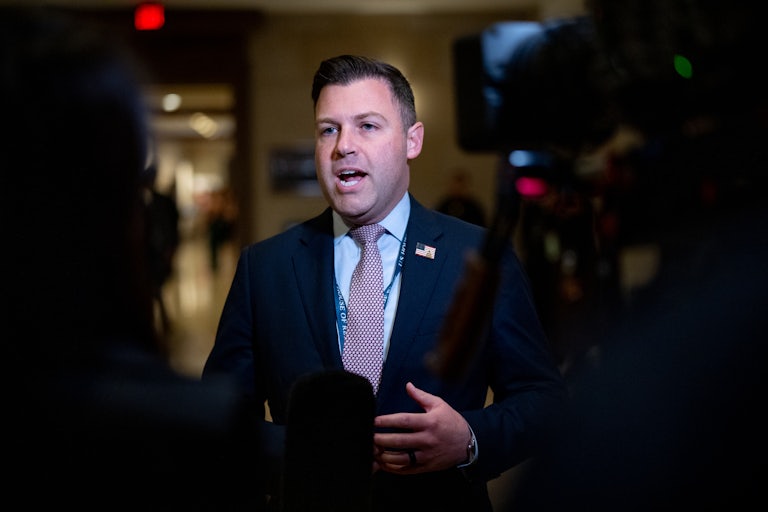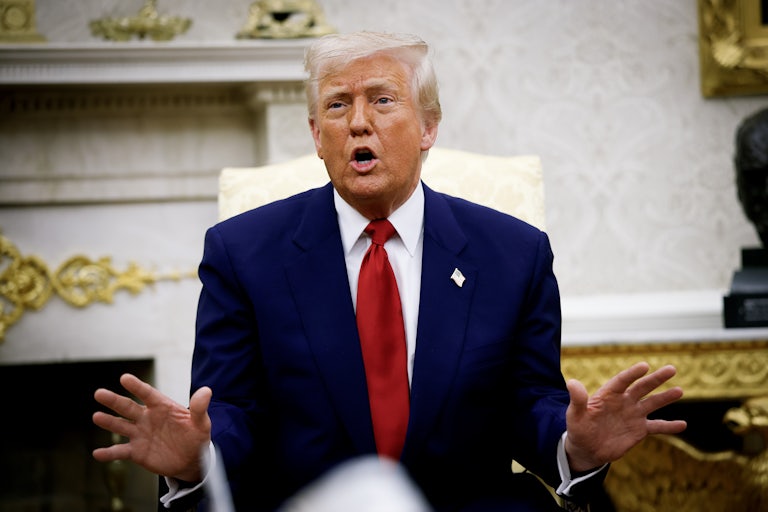Karoline Leavitt Reveals Shocking Logic on Wrongly Deported Immigrant
Trump’s press secretary made it clear exactly what the administration thinks of returning the man wrongly deported by ICE.
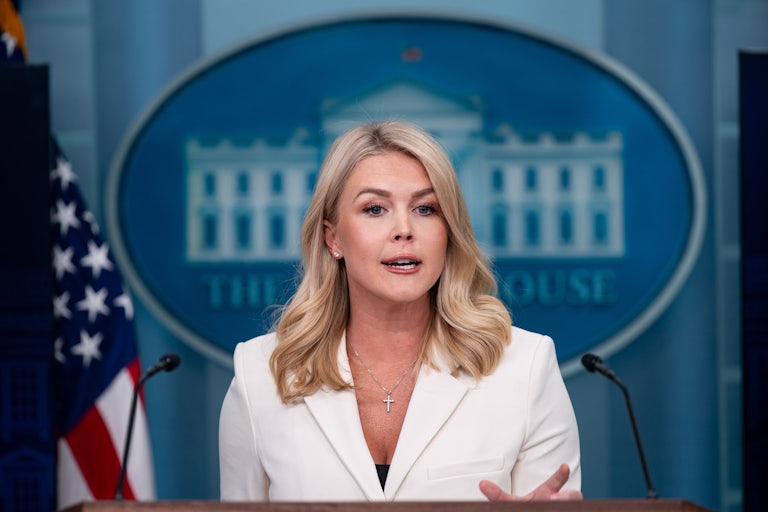
The White House is trying to use semantics to dodge the Supreme Court’s unanimous ruling that it has to help return Kilmar Abrego Garcia to the United States from El Salvador.
At a press conference Friday, Newsmax’s Mike Carter asked press secretary Karoline Leavitt about Salvadoran President Nayib Bukele’s coming visit to the White House on Monday and whether Trump wanted Bukele to bring Abrego Garcia with him. Leavitt’s response was not encouraging.
“The Supreme Court made their ruling last night very clear that it’s the administration’s responsibility to facilitate the return, not to effectuate the return,” Leavitt replied.
Reporter: The president of El Salvador coming to the white house Monday, does Trump want him to bring Abrego Garcia with him?
— Acyn (@Acyn) April 11, 2025
Leavitt: The supreme court made they are really very clear it is the administration's responsibility to facilitate the return, not to effectuate the… pic.twitter.com/bu5JEZtEh9
It’s true that the high court ruled the Trump administration must abide by a lower court ruling to “facilitate” the return of Abrego Garcia. But focusing on this language ignores the bigger point that both courts ruled against the administration.
The government was barred from returning Abrego Garcia to his native El Salvador due to his life being in danger from gangs, before ICE chose to deport him anyway. Administration officials continue to insist that Abrego Garcia is an MS-13 gang member but failed to provide any evidence to that effect, as earlier court rulings had found. Abrego Garcia does not have a criminal record and is married to a U.S. citizen and the father of a child with autism.
But none of this matters to the Trump administration, which refuses to acknowledge that the legal system can do anything about its mass deportation efforts. They continue to drag their feet even in the face of the country’s highest court, controlled by conservatives that Trump himself appointed. Can anything compel this White House to respect and follow the law?

